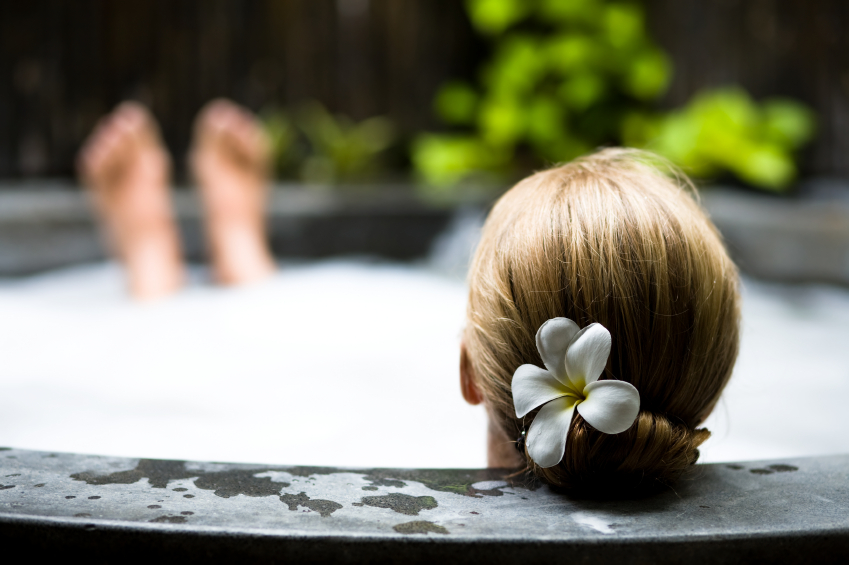Dear Umbra,
We purchased a home with an existing four-person, 500-gallon wooden hot tub with a two-stage electric pump. When should a hot tub be turned off to save energy? City Light recommends that our tub be on a timer to save electricity; our tub manufacturer insists that, unless we’re not using the tub for three days, we’ll spend just as much heating up the water as maintaining a consistent temperature. Who’s right?
Scott M.
Seattle, Wash.
Dearest Scott,
Smackdown between thoughtful city and all-knowing manufacturer. The beauty is, you yourself have the power to find out the answer. We’ll get to that in a moment. But first, let’s look at the other ways you can save hot-tub energy, whether or not you buy a timer.
Cover the pool with a tight, well insulating foam cover, as well as a floating thermal blanket. Put landscaping or other windbreaky things around the tub. Keep the tub at 102 degrees, not higher. And yes, turn it off when you are leaving or not using it for several days. Also, do not install a hot tub if you do not already have one or, like poor Scott here, cannot help but inherit one. They are usually energy hogs.
As far as the advice from City Light, it certainly is consistent with the recommendations of various other Powers-That-Be: a timer is among the energy-saving measures one can use with a hot tub. I don’t get the sense that a timer is like a programmable thermostat, in terms of changing the temp from 102 to 75 and back again, but instead can turn the heater off during peak hours at the electric utility. This saves you money, reduces demand at the utility, and shouldn’t lose too much heat in a well-insulated tub. Then, as off-peak and after-work hours coincide, the tub theoretically comes back up to temp.
On the other hand, your manufacturer knows the tub, its heating elements, and its pump. So it may be the pump is, I don’t know, too weak to efficiently transition between temperatures over a few hours rather than a few days. Did the manufacturer give you any mechanical reason not to use a timer with the tub?
To find out which of these well meaning authorities is right in your situation, measure the electrical consumption of your household over several days, with the simple tools of your electric meter and a pen and pencil. You can also purchase any of various watt-measuring devices. Once you’ve established a baseline watt usage for the household, start playing with the hot tub. Turn it up and down (or off) daily as if it were on a timer. Then leave it at a consistent temperature for several days. Then turn it down/off for several days and then back on. Write down all the results and do some simple math — you should have your answer. I wish I could help with your research.
Splashily,
Umbra



